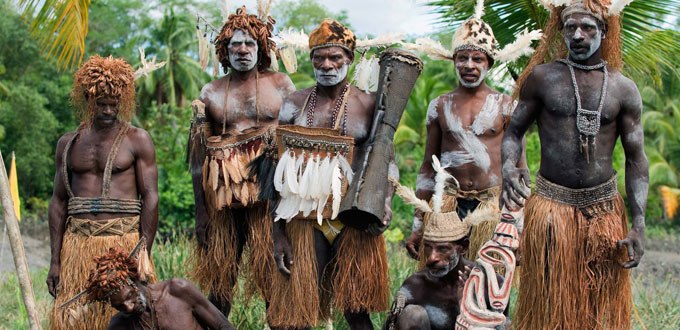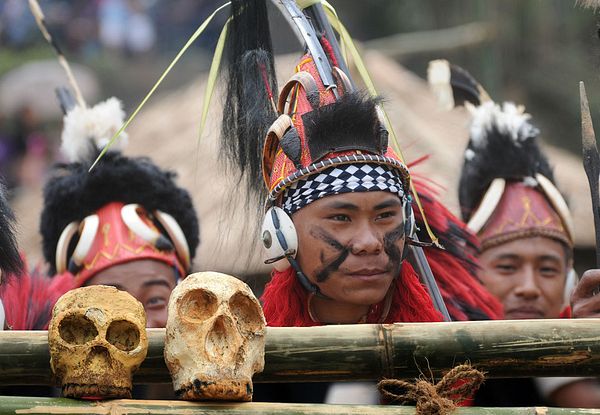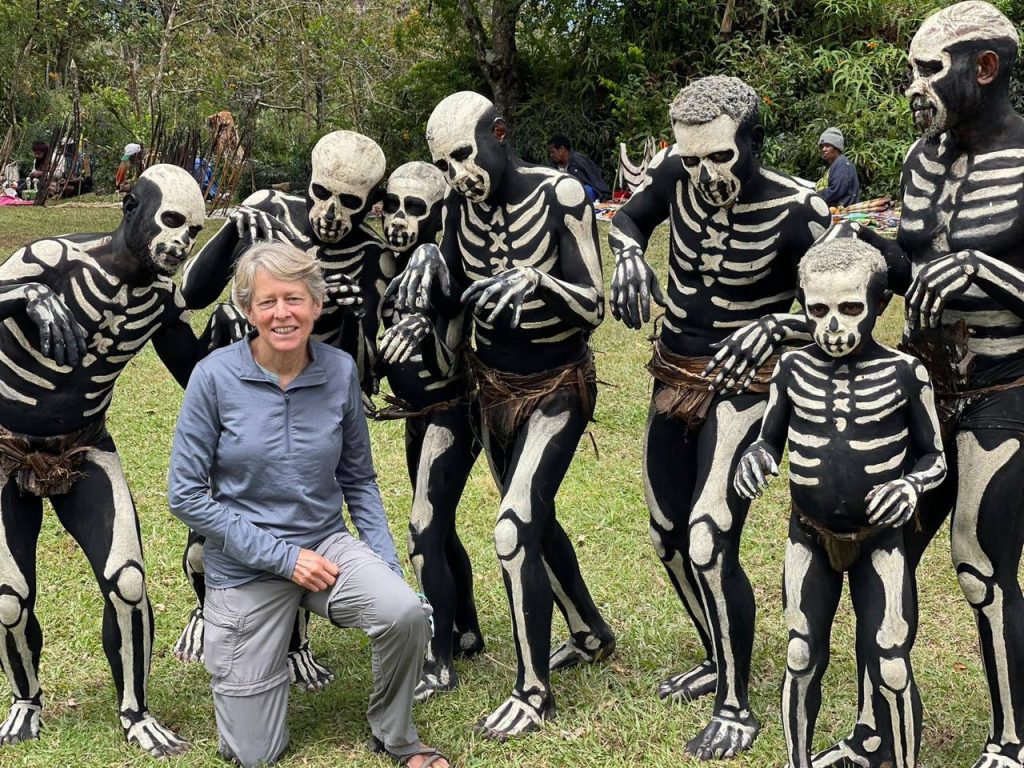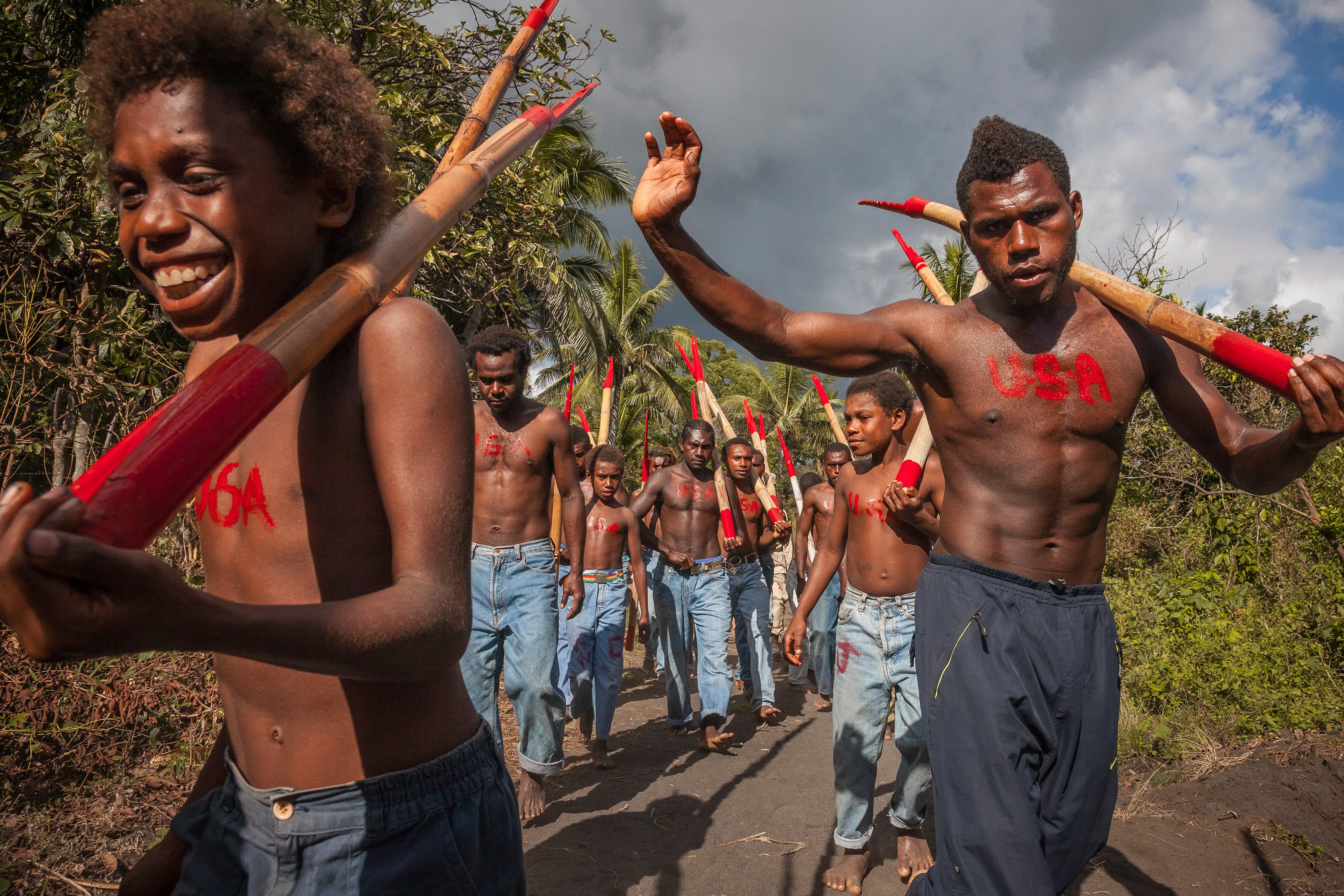Scariest Tribes You Do NOT Want To Meet
The world is home to some of the most mysterious and fearsome tribes, known for their unique customs and traditions that leave outsiders both fascinated and unnerved. These tribes, with their ancient rituals and strong cultural identities, have developed a reputation that sends chills down the spine.
One of the most renowned is the Asmat Tribe, located in the dense forests of Papua, Indonesia. Known for their exceptional wood carvings, the Asmat people hold deep spiritual connections to the forest, viewing it as the source of life and energy. Their intricate carvings are not just art but representations of ancestors and spirits, believed to provide protection and guidance. The tribe’s spirituality is closely tied to their environment, and their survival depends on maintaining this harmonious relationship with nature.
Equally mysterious is the North Sentinelese tribe, one of the last uncontacted peoples in the world. Residing on North Sentinel Island in the Bay of Bengal, the Sentinelese have fiercely resisted any outside contact for centuries, attacking those who approach their shores. Their hostility towards outsiders has created an air of fear and intrigue, making them one of the most enigmatic tribes on Earth. The Sentinelese’s isolation raises important questions about the need to preserve indigenous cultures while respecting their desire to remain uncontacted in the face of modern globalization.
The Batak Tribe of the Philippines, though not as isolated, also continues to practice many of their ancient traditions. These hunter-gatherers have lived off the land for generations, relying on their deep knowledge of the forests to survive. In recent years, modern development has threatened their way of life, but the Batak people have shown incredible resilience, adapting to modern challenges while fiercely protecting their heritage. Their survival story is one of resourcefulness and determination.
In contrast, the Naga Headhunters of India and Myanmar have a far more fearsome reputation. Historically known for their practice of headhunting, the Naga people believed that the human head held great spiritual power. Warriors who took the heads of their enemies were thought to gain strength and protection from the spirits of the deceased. While headhunting has been outlawed for many years, the Naga’s reputation as fierce warriors lives on, and their spiritual beliefs still play a significant role in their society.
The Skeleton Clan remains one of the most elusive and mysterious tribes. Little is known about them, as they are extremely secretive and aggressive towards outsiders. Their rituals and customs are shrouded in mystery, and their name alone invokes a sense of fear and danger. Some speculate that the Skeleton Clan has evolved separately from other human populations, raising fascinating questions about the existence of undiscovered tribes and their role in human evolution.
The Suri Tribe of Ethiopia is another group known for their striking traditions, particularly their beauty practices. Suri women are known for wearing large lip plates, a symbol of beauty and cultural identity. These plates, inserted at a young age, represent the tribe’s resistance to outside influence and their commitment to preserving their heritage. The Suri people are also known for their resilience, often engaging in rivalries with neighboring tribes to defend their territory and way of life.
Finally, the Cargo Cults of the Pacific Islands present an interesting blend of indigenous beliefs and external influences. These religious movements emerged after contact with Westerners during World War II, when islanders saw cargo planes delivering goods to soldiers. Believing these goods were gifts from the gods, the islanders began mimicking Western practices in the hope of receiving similar blessings. The Cargo Cults are a unique example of how indigenous peoples can adapt their beliefs to make sense of external forces, blending tradition with modernity.
These tribes, with their unique practices and beliefs, offer a glimpse into cultures that have remained largely untouched by the outside world. Their traditions, whether rooted in spirituality, warfare, or beauty, showcase the diversity and resilience of human cultures across the globe.











